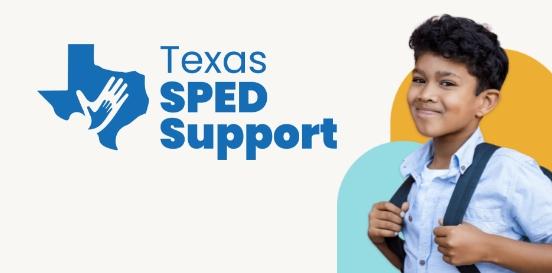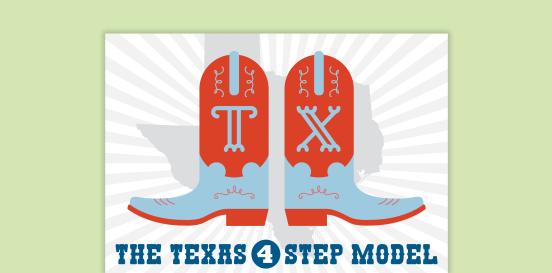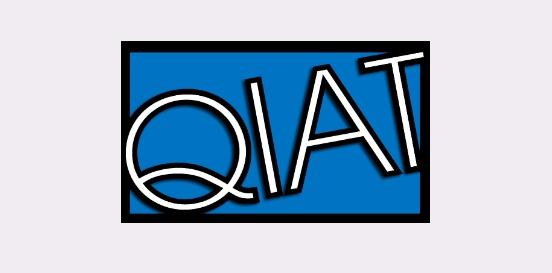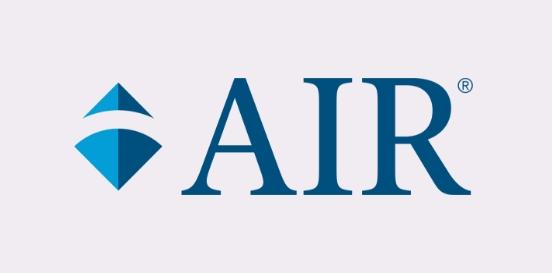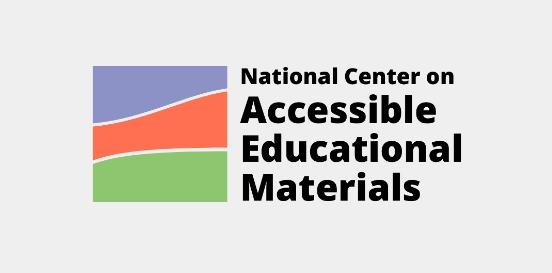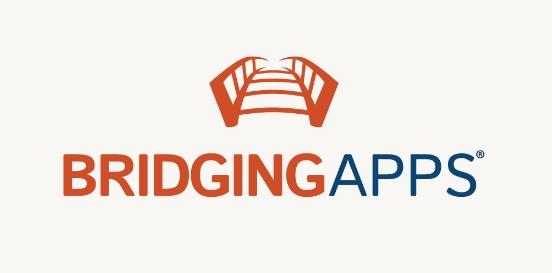Predictive Writing App
Predictive writing applications are software that assist writers by suggesting words as they are typed. Words are suggested based on the context in which they are being used and the initial letters chosen for the word.
Considerations
Take the following considerations into account when selecting and implementing AT to ensure that the chosen tools are well-suited to the student’s needs, align with their goals, and seamlessly integrate into their educational journey. By embracing a collaborative approach and considering the specific skills, tasks, and implementation context, educators can provide students with the necessary support to thrive academically and functionally, promoting inclusivity and fostering their overall success.
Skills and Tasks What skills or tasks will the student utilize this tool for? What areas, functional or academic, does this tool support?
Keyboarding skills
Implementation Context In what activities, classes, or environments will the student utilize this tool?
A Predictive Writing App can be a valuable assistive technology tool for students in several ways:
- Improving writing efficiency: Students can use predictive text to speed up their writing process. The app suggests words or phrases as they type, reducing the time spent on typing and allowing them to focus more on generating ideas and organizing their thoughts.
- Enhancing spelling and grammar: Predictive writing apps often come with built-in spell checkers and grammar suggestions. This can help students with dyslexia or other learning disabilities to improve their spelling and grammar accuracy while writing.
- Vocabulary expansion: By offering word suggestions, the app can introduce students to new vocabulary and help them choose more precise or sophisticated language in their writing.
- Reducing cognitive Load: For students with cognitive disabilities or difficulties with working memory, predictive text can alleviate some of the cognitive load associated with generating written content, allowing them to concentrate on higher-level writing skills.
- Increasing independence: Predictive writing apps empower students to work independently on writing tasks, as they provide real-time support and feedback without the need for constant teacher intervention.
- Customization and personalization: Many predictive writing apps allow users to customize the word prediction settings based on their writing style and preferences. This flexibility can accommodate the diverse needs and preferences of individual students.
- Supporting multimodal learning: Some predictive writing apps offer multimodal features such as speech-to-text functionality, allowing students to dictate their ideas instead of typing them. This can benefit students with fine motor difficulties or those who prefer verbal expression.
- Feedback and revision: Predictive writing apps can facilitate the revision process by suggesting alternative words or phrases, encouraging students to consider different options and refine their writing for clarity and coherence.
Overall, a Predictive Writing App can serve as a valuable assistive technology tool for students by promoting writing efficiency, accuracy, independence, and cognitive accessibility.

